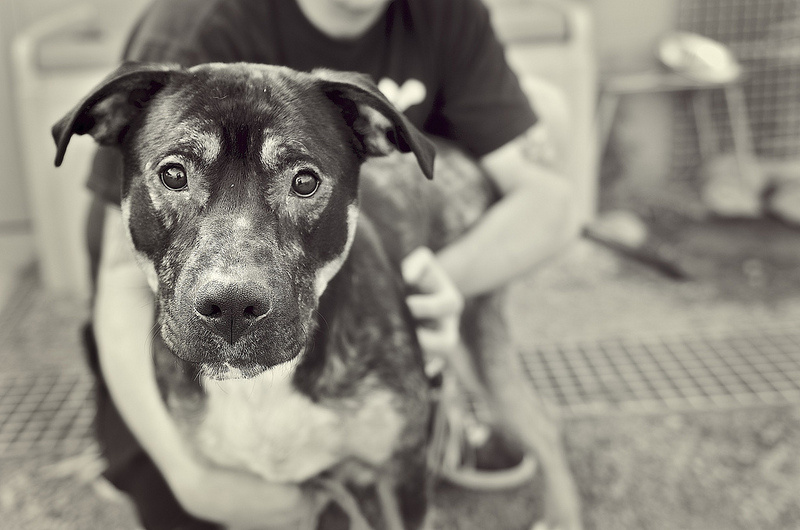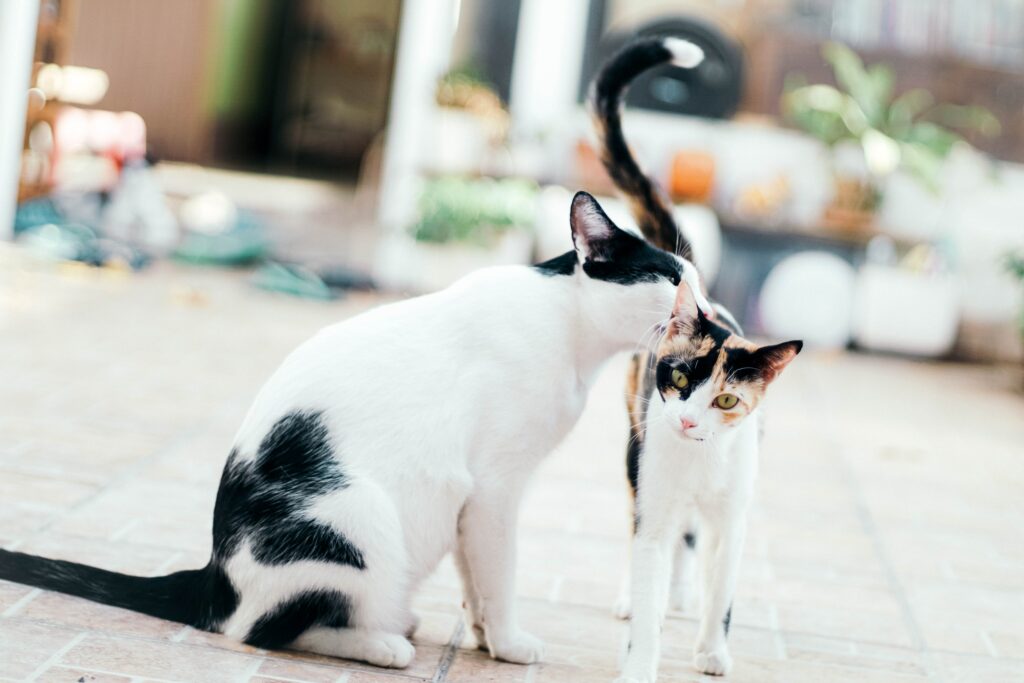Bite prevention: how to protect our children
By Patricia Durocher • 14 July 2021
“A dog bit a child in the face
“A man was bitten on the neck by his neighbor’s dog.
“A woman was seriously bitten by her dog”
Shock phrases like these appear regularly in the media. And yet, we can’t help thinking the same thing over and over: “my dog will never bite, he’s much too nice!” And that’s where we’re wrong. Bites have nothing to do with a dog’s kindness, or even with our years of experience as dog owners.
“I don’t understand why my dog bit, everything was going so well. It just happened. Well, no, it didn’t just happen. In the vast majority of cases, a dog will emit several warning signals indicating that he’s not at ease in a given situation. So the dog did warn us that something was wrong. But few of us know how to read this information.
Some warning signs to be aware of in dogs:
- He turns his head away or avoids our hand
- His tail is curled under his body
- He barks or growls at us
- You can see the whites of its eyes (whale’s eye)
- He’s panting heavily and his jaw is clenched.
- It freezes
If you see any of these gestures, stop your interaction and walk away.
Key figures
Child bites often make the headlines because they are more impressive and often more serious.
not inevitable
. Far from it.
A Léger survey conducted on behalf of the CaniChazz organization indicated in 2020 that “more than 160,021 Quebecers have been bitten by a dog in the past year [2019]. Of these, more than 113,387 were under the age of 18, indicating that there were 310 dog bites per day on a minor in 2019.” Similar figures had already been put forward by the AMVQ (Association des Médecins Vétérinaires du Québec) in 2010. Clearly, nothing has changed in our understanding of canine language. In this context, it’s more than imperative to teach parents AND children how to interact and behave with our companions.
Advice and recommendations
Several diagrams like these have been created by associations and professionals in the canine world to highlight and prevent this lack of knowledge:
 |
 |
Proanima has also developed an awareness program
awareness program in South Shore schools
funded by Desjardins, to inform elementary and high school students about the responsibilities of owning an animal, as well as canine behavior.
What every child needs to know :
- Stay away from dogs you don’t know (even if they seem nice!)
- Never wake a sleeping dog
- Never remove a dog’s toy
- Never play in your bowl
- Never climb on your dog to play (he doesn’t like that!)
- Always let the dog come to you
- Play with a toy and always in the presence of an adult
What parents need to know:
- Never leave your child unsupervised with your dog
- Never let your child interact with the dog in a disrespectful manner (pulling its ears and tail, climbing on it, staring into its eyes, etc.), even if it doesn’t seem to be bothered.
- Provide a quiet retreat for the dog to which children have no access.
What dog owners need to know:
- If your dog is a baby, don’t forget to socialize him into a well-balanced, well-behaved adult!
- Keep your dog on a leash at all times when out walking. You can’t predict his reactions.
- If a child runs or approaches your dog on a walk, stop him: ask him to let your dog approach and speak softly to him (or just not to interact with him if you think your dog won’t like that). Be the one who manages the situation, not the child.
- Take a training course with your dog. You’ll learn as much as he did!
We must respect an animal’s limits, not only for its well-being but also for our own safety.
>>> It’s time to watch our video on consent testing: does my dog want to cuddle?
[su_youtube url=”https://www.youtube.com/watch?v=yRVHKDWLOnM” autoplay=”yes”]
Dear parents, dog owners and other stakeholders, we invite you to take part in this awareness campaign today. Get informed, get trained, get curious about the world of canine behavior. Several resources can help you better understand what our dogs are telling us:
-
School presentations offered free of charge by our refuge: contact us now.
- Bite prevention workshop offered by De Main de Maître
- Educational material created by Humanimo
- Printable brochure, created by Ça c’est chien in association with Hôpital Sainte-Justine
- DVD on bite prevention produced by Ça c’est chien
- Read: 3 misunderstood signs dogs give before they bite!
- Also read: Do you know the best way to train your dog to bite without warning?
Don’t hesitate to contact us for advice or help.





Leave a Reply